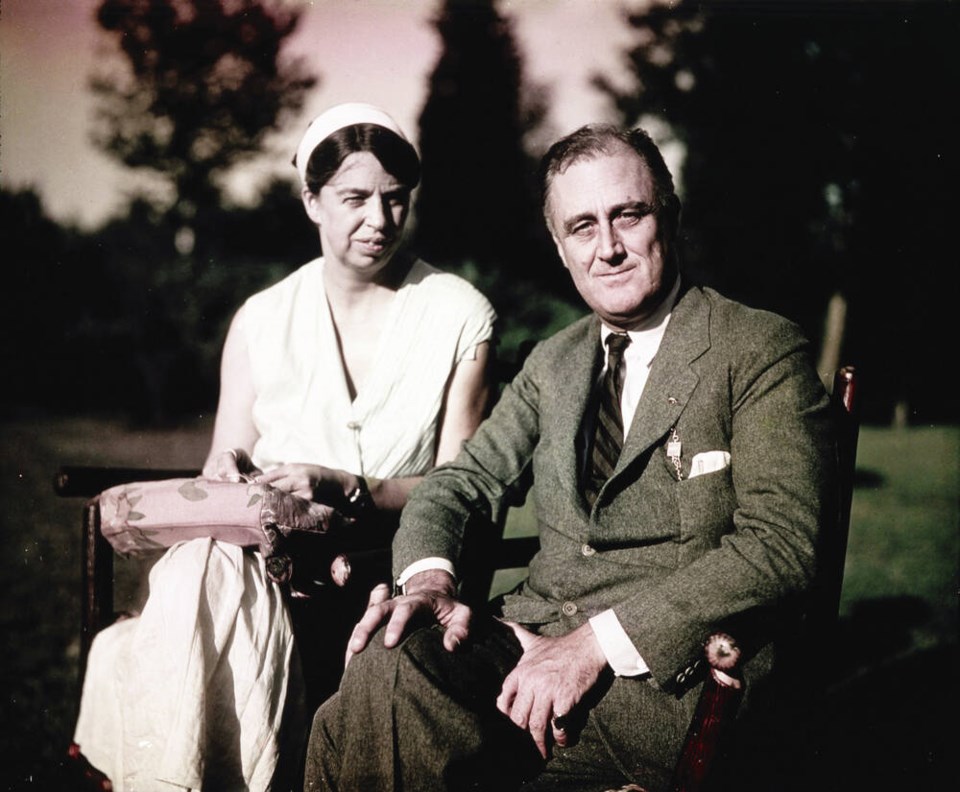With misdiagnosis now the leading cause of medical lawsuits in the U.S., here are a few possible contenders from days gone by.
Every fan of Winston Churchill knows his father, Randolph, died of syphilis. But did he?
Lord Randolph Henry Spencer-Churchill was a British politician who rose to be Chancellor of the Exchequer and Leader of the House of Commons.
His career ended at its peak, when he threatened to resign over a budget dispute, and, much to his surprise the prime minister, Lord Salisbury, accepted the resignation. Randolph had thought his position so strong, Salisbury would have to give in.
Thereafter his health rapidly deteriorated until, descending into madness, he died at age 49. It was commonly believed that syphilis was the cause — he had frequently visited a physician who specialized in that disease.
But it appears just as likely, if not more so, that he died of brain cancer. His physician never spoke of syphilis, understandably perhaps.
But he did refer to “general paralysis,” which at that time could mean a variety of ailments.
And Randolph’s symptoms more closely aligned with a left-side brain tumour, a condition not well understood at the time.
Lastly, his wife did not contract syphilis, and there is no record of Randolph being advised to abstain from sexual relations with her.
When Franklin Roosevelt died suddenly, in 1945, his attending physician diagnosed a massive stroke. There was certainly support for that conclusion.
While normal blood pressure is in the region of 120 over 80, in his later years, Roosevelt’s BP was a shocking 240 over 160 — enough to kill an elephant. Effective anti-hypertensives were unknown in that era.
But as with Randolph, a better explanation has emerged. Photographs from the 1920s up till 1940 show a lesion over Roosevelt’s left eye, progressively growing in size.
Then suddenly, in later photos, it disappeared. This certainly meant surgery, though none of the president’s medical records remain.
If this was indeed a melanoma, that would account not only for a burst blood vessel in his brain, but also for the president’s growing feebleness and rambling speech. Metastatic brain cancer is a common outcome of melanoma.
Anyone who’s seen the movie The Imitation Game knows that the math genius and inventor of the computer, Alan Turing, committed suicide. He was found dead in bed with a half-eaten apple by his side.
Though the inquest into his death didn’t say so, it was widely believed Turing had smeared the apple with cyanide. The man was an amateur chemist, and kept cyanide in his apartment.
Here, too, there were good reasons to believe it was suicide. Turing had been convicted of “gross indecency” with a 19-year- old man, and was given a choice between imprisonment and chemical castration.
Turing chose the latter, enough to destroy any man’s peace of mind.
But then come the counter-arguments. His mother refused to believe the verdict. You might expect that.
But so did many of his friends, who had seen no sign of depression or hopelessness in the days preceding his death. Indeed, Turing had bought new clothes the day before, and was preparing for a weekend vacation.
There was no suicide note.
The alternate explanation is that Turing was simply careless when handling his chemicals, something he was known for. The poisoning, then, was merely accidental. With remnants of cyanide on his fingers, he picked up an apple, bit into it, and died.
Then there is mad King George III. It was widely believed at the time, and long after, that his repeat bouts wth madness were due to the genetic condition porphyria.
In the years since, however, various examinations of his medical records, such as they are, have found that even if he did have the disease, a more likely cause of his mental disorder was arsenic poisoning.
In 2005, an analysis of George’s hair samples found arsenic present, explainable by the fact that physicians at the time used medications based, in part, on that chemical.
Lastly, the emperor of all misdiagnoses. In 1897, a journalist published a story to the effect that Mark Twain was either on his death bed, or had indeed died.
This provoked the famous rejoinder: “The report of my death has been grossly exaggerated.”



